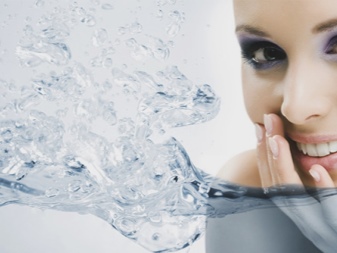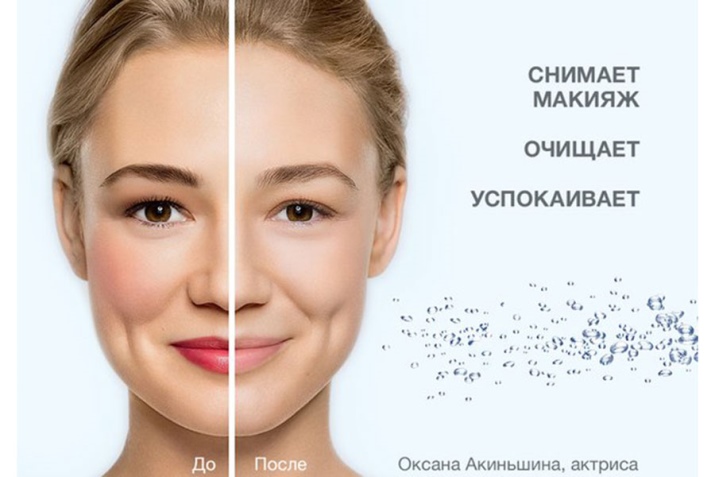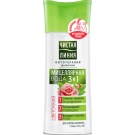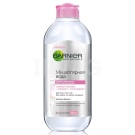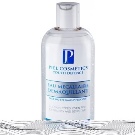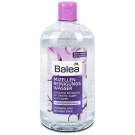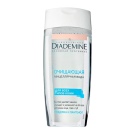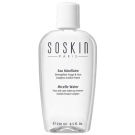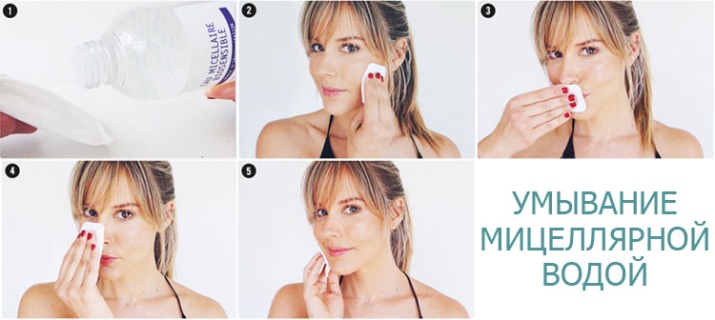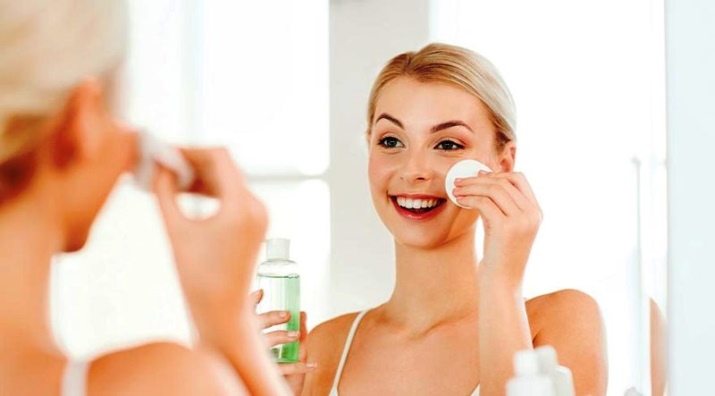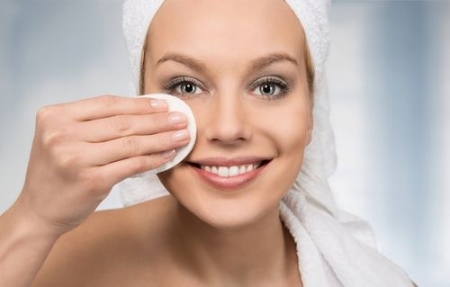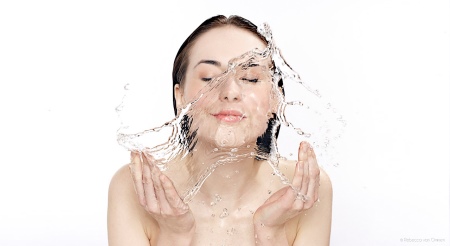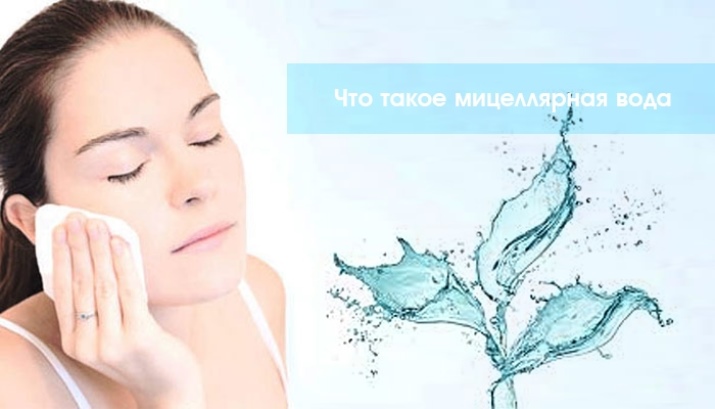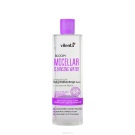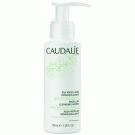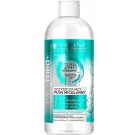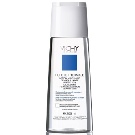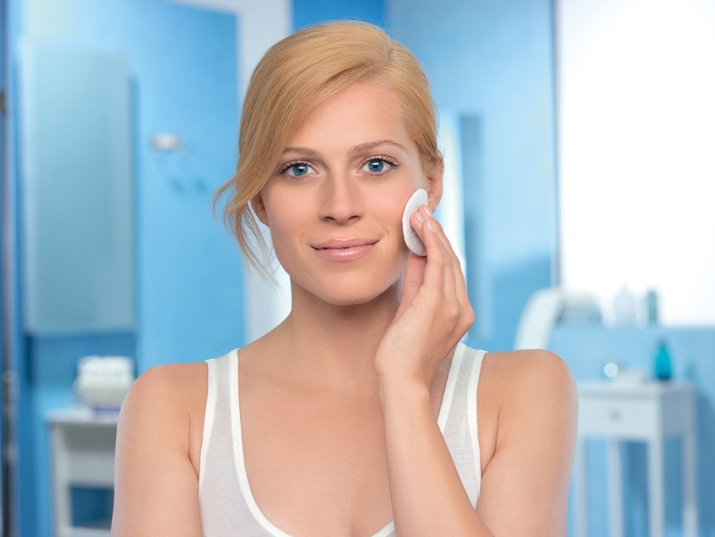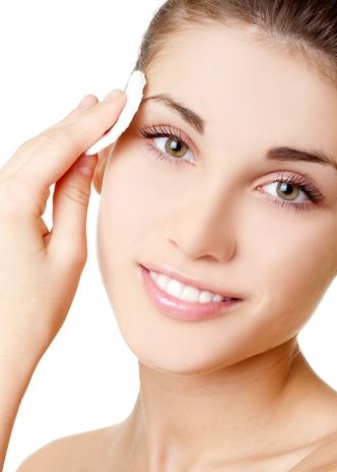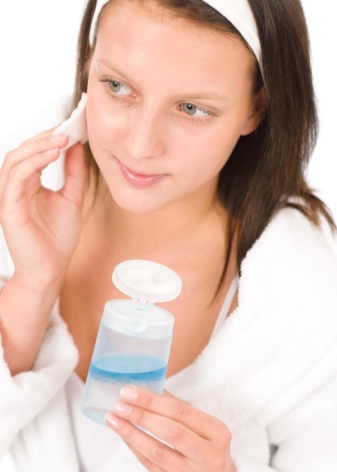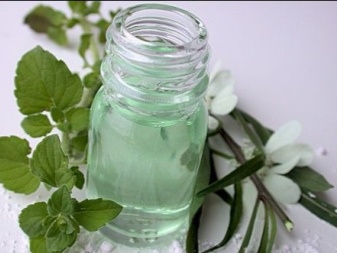How to use micellar water
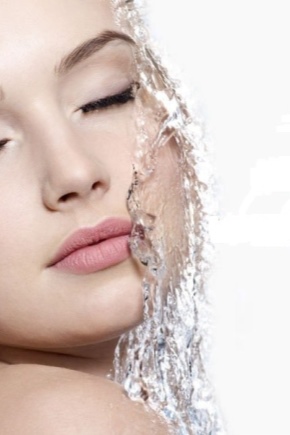
Types and properties
More recently, no one has heard of micellar water, and now no self-respecting fashionista or well-groomed lady can go to bed without using it. It is relative A new cleanser for the face, which does not contain alcohol and soap, effectively cleans the skin from impurities, removes makeup, while not causing irritation and drying out the skin, but moisturizing it. This product is quite economical to use and has a relatively inexpensive cost. Many manufacturers produce micellar water in an economical package of 400 ml, which is enough for an average of 200 applications.
Initially, the tool was created in France and was used exclusively for the care of infants and bed patients, therefore it was sold only in pharmacies. But unexpectedly, mothers of babies who purchased the product to care for the baby’s delicate skin and tried it on themselves began to receive good feedback. Women with sensitive skin, prone to allergies, quickly recognized this child wonder product and began to buy it in pharmacies. Then the production of micellar water was soon put on stream, and wash water gradually began to be sold in all countries.
Ingredients
It looks like a clear or slightly turbid liquid, usually odorless. How does micellar water work? Its main active ingredient is micelles, tiny particles consisting of molecules of fatty acids, which attract similar particles to themselves, like a magnet. Micelles consist of an insoluble core and hairs that are able to capture particles of dirt and not release back. This happens when we wipe the face with a wadded wild. Micelles are present in a quality tool in exactly the right amount to remove waterproof cosmetics and, at the same time, do not form a fat on the face.
Micellar water must be selected for the appropriate skin type. In addition to micelles and purified water, the products can contain additional components, such as glycerin, essential oils, plant extracts, vitamins and panthenol. For oily skin should choose products containing polysorbate, which tends to tighten pores. Classical delicate micellar water has such a composition that does not dry the skin and does not clog pores. However, it should not be confused with tonic and lotion, foam and milk or a special gel.
Do I need to wash off: how to use
Flowing tap water is considered too coarse and tough for the skin. On the contrary micellar water is a direct alternative to washing, because its composition is balanced. If, after using micellar water, you have a feeling of tightness or drying out, it means that this product of this company does not suit you or you use it incorrectly. There may be a poor-quality product, which in fact is not micellar water.
For example, you use the remedy too often during the day. Micellar water should be used correctly: every day, but no more than twice a day.: in the morning to refresh the skin before applying makeup and clean the pores and in the evening to remove makeup from the face.
The instruction on the rules of using micellar water is very simple: You need to slightly moisten a cotton pad and wipe his face through massage lines.To remove makeup from the eyes, you need to press the moisturized sponge to the closed eyes for a few seconds, hold and then wipe. After that, you need to go through a cotton pad with some aqueous solution to remove the residuals of the product (according to the opinion of reputable cosmetologists, even if the manufacturer has written on the package that the product should not be washed off).
On why micellar water is still worth flushing, see the next video.
Advantages and disadvantages
Virtues
During the traditional use of micellar water in the evening and morning time for removing cosmetics, the following advantages and its undoubted advantages can be distinguished:
- A good choice for people with sensitive skin after a long search for the right cleanser that does not dry the skin and does not cause allergies;
- Suitable for delicate thin skin around the eyes, gently and gently cleansing and not injuring it;
- Eliminates excess fat;
- Neutralizes toxins and harmful substances;
- Perfectly tones and moisturizes the face.
- Suitable for any weather, time of year and age.
In addition, the invention of micellar water has made life easier for many people in various situations:
- It is indispensable when traveling;
- After sports training or jogging;
- At work, in the office or while walking;
- In hot weather, it can refresh your face;
- For girls who “forget” to wash off makeup in the evening and often fall asleep on the face with it, considering the process of removing makeup difficult and troublesome: with a micellar remedy, this will be simple and easy;
- You can dilute the dried mascara, if there is an urgent need;
- In the end, using micellar water, you can even remove stains from clothes from a pen or felt-tip pen.
Unwarranted expectations
Despite the fact that micellar water has its own clearly marked niche of action, and its composition is simple and concise, some use it inappropriately, exceeding their requirements and waiting for a miracle:
- The tool can not be used against skin problems or in the case of acne, it can not cure the skin, because it does not contain therapeutic components.
- Water does not fight the signs of skin wilting, respectively, it is not used as a food or to restore the skin against age-related changes.
- Sometimes a poor-quality tool badly removes waterproof makeup.
- In rare cases, it can cause an allergic reaction to its individual components.
- When oily skin may feel oily film on the face or oily sheen.
- When skin is too dry, scaling and itching appear.
Therefore, micellar water must be carefully selected depending on the individual characteristics and in accordance with the type of skin.
Difference from other means
Sometimes women have a reasonable question: if it is possible to moisten the face with micellar water, can it be replaced with tonic, lotion or thermal water and vice versa. How does it differ from other cleansers?
All means vary considerably in composition of components and their purpose. For example, lotions contain alcohol, have a good antiseptic effect, fight against skin rashes, but without the use of other means lead to dehydration.
Thermal water is a product of natural origin from geothermal sources that contain minerals in large quantities, which are very useful for skin tone, but can cause dryness and poorly remove makeup. Therefore, thermal water is recommended to use for moistening after the micellar, when the pores are already well cleaned.
Tonic is designed to normalize the acidic pH balance and tone the skin, improving blood circulation. Therefore, micellar water can not replace the lotion, but with success it can be used instead of tonic with infrequent use.
Home use
Micellar water can be purchased at the pharmacy or cosmetic department, and you can, if desired, be prepared at home. This will require: a non-metallic container and a glass or plastic spoon for mixing, a 250 ml bottle for the product, a funnel and a measuring spoon, which must be disinfected before use.
The basis is water or hydrolat (80-90%), water-soluble oil (up to 10%) and active additives in approximately the same proportion.
After production, the prepared composition is stored in the refrigerator for no more than two weeks.
We invite you to see a video recipe for preparing mycelial water at home.
Basic recipe
If a water base is used, This is taken non-carbonated mineral, table water or distilled (saline), heated to about 40 degrees.
Hydrolat or flower water can be taken ready or prepared by yourself: in fact, it is a water decoction of flowers or rose petals, chamomile, calendula, lavender, cornflower, linden, green tea, parsley, lemon balm, sage or citrus peel and green leaves (1.5 cups of raw material are taken for 1 liter of water base).
Volume of water soluble oil (this is the most important component from which micelles will be formed) varies depending on skin type: up to 4% is taken for oily skin, and 5-10% for dry and normal skin.
As a water-soluble component for dry skin, it is preferable to use cosmetic lecithin. from sunflower, olive, soybean oil, and also avocado or wheat germ, for normal - sulphate castor oil and from rosehip, for oily - from grape seed or jojoba.
Vitamin E and hyaluronic acid are suitable as caring supplements, for dry skin: D-panthenol and wheat amino acids, cosmetic sulfur, lactic acid and glycerin for fatty foods, and witch hazel extract will be especially useful for skin prone to puperose.
For oily and combination skin
Chamomile, calendula or cornflower hydrolat (85 g) is mixed with water-soluble grape seed oil or jojoba oil (5 g), left in a warm place for 15 minutes to form micelles, then panthenol (2 g) and lactic acids (0.2 g) are added diluted with warm distilled water (100 g). Similarly, formulations are prepared for other skin types.
For dry epidermis
Take 80 g of rose or lavender hydrolat diluted by 20%, 8-10 g of water-soluble rosehip oil, olive, wheat germ or avocado, 2 g of panthenol, 0.3 g of hyaluronic acid or vitamin E (20 drops).
For normal type
Suitable for green tea, chamomile or rose water (90 g), castor oil sulphate (5 g), rosehip essential oil (5 g) and a few drops of vitamin E.
The test drive of the micellar water Loreal, Nivea, Garnier can be seen in the next video.

